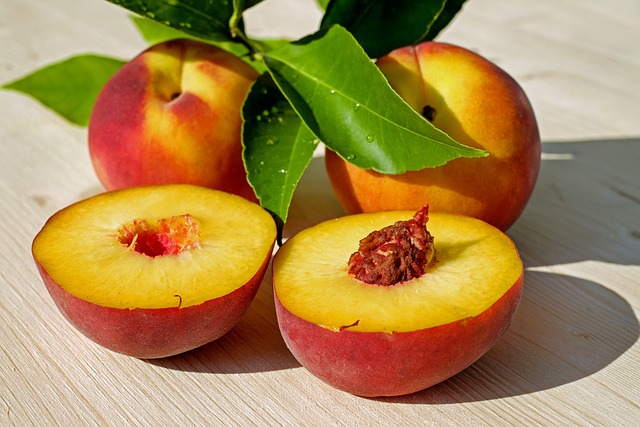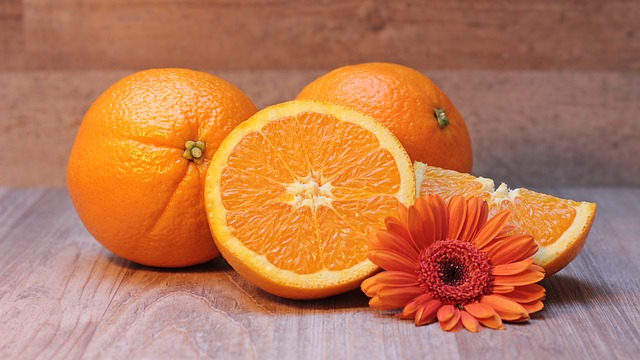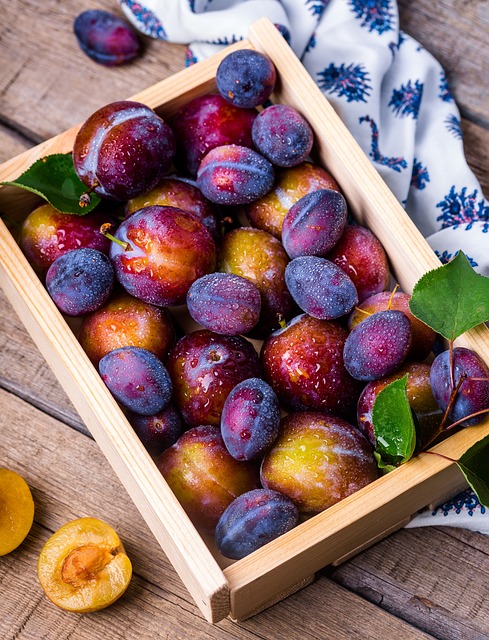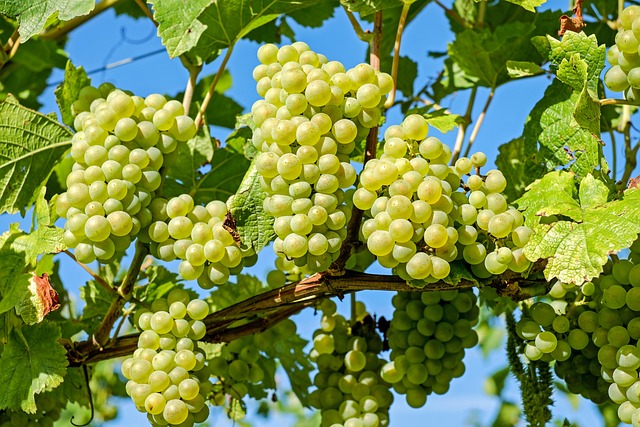From Farm to Gut: Unleashing the Power of Food-Based Probiotics
Probiotics have gained significant popularity in recent years due to their potential health benefits. These live bacteria and yeasts offer a wide range of advantages when it comes to maintaining a healthy gut. While probiotic supplements are widely available, food-based probiotics have also gained recognition as a natural and effective source.
The Basics: What Are Probiotics?
Probiotics are live microorganisms that, when consumed in adequate amounts, provide health benefits to the host. They are primarily known for their positive influence on gut health and digestion. These beneficial bacteria can be found naturally in certain foods or can be taken in the form of supplements.
The Power of Food-Based Probiotics
While probiotic supplements have proven to be beneficial, food-based probiotics offer additional advantages. These natural sources of probiotics are not only rich in beneficial bacteria but also contain a variety of other nutrients that contribute to overall health.
When we consume food-based probiotics, we not only introduce live bacteria into our gut but also provide our bodies with essential vitamins, minerals, and enzymes. This combination promotes better digestion, improves nutrient absorption, and enhances our overall well-being.
Farm to Gut: The Journey of Food-Based Probiotics
Food-based probiotics take a journey from the farm to our gut, carrying a host of beneficial microorganisms along the way. Let’s explore the different stages of this journey:
1. Farm
The journey begins on the farm, where probiotic-rich foods are cultivated and grown. Probiotic-rich foods include fermented vegetables like sauerkraut and kimchi, cultured dairy products such as yogurt and kefir, as well as sourdough bread.
2. Harvest
Once the probiotic-rich foods are ready for consumption, they are harvested and prepared for packaging or further processing.
3. Packaging and Processing
Food-based probiotics undergo minimal processing to retain the live bacteria and yeasts. They are carefully packaged to ensure the preservation of their beneficial properties.
4. Storage and Transportation
During storage and transportation, proper temperature control is crucial to maintain the viability of the live microorganisms present in food-based probiotics.
5. Purchasing and Consumption
Once these probiotic-rich foods reach the grocery store or market, consumers can purchase them. Incorporating these foods into our diet offers a natural and enjoyable way of consuming probiotics.
Benefits of Food-Based Probiotics
Food-based probiotics offer numerous benefits beyond just improving gut health:
- Improved Digestion: Probiotics help balance the gut microbiome, promoting better digestion and reducing digestive issues such as bloating, constipation, and diarrhea.
- Enhanced Immune Function: The gut is closely linked to immune function, and food-based probiotics can support a healthy immune system by strengthening the gut barrier and reducing inflammation.
- Better Nutrient Absorption: Probiotics aid in breaking down nutrients and making them more bioavailable, allowing our bodies to absorb and utilize them effectively.
- Mood and Mental Health: Emerging research suggests a strong connection between the gut and the brain. Food-based probiotics may contribute to improved mental well-being, reducing symptoms of anxiety and depression.
- Heart Health: Certain strains of probiotics have been linked to lowering cholesterol levels and reducing blood pressure, promoting a healthy heart.
Incorporating Food-Based Probiotics into Your Diet
Now that we understand the benefits of food-based probiotics, let’s explore how we can incorporate them into our daily diet:
- Start with Fermented Vegetables: Adding fermented vegetables like sauerkraut or pickles to your meals as a side or condiment is an easy way to introduce probiotics into your diet.
- Include Cultured Dairy Products: Yogurt, kefir, and other cultured dairy products are excellent sources of probiotics. Choose







